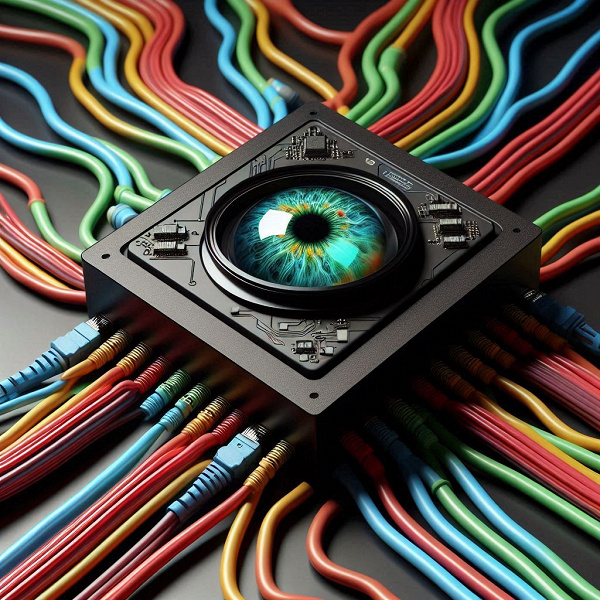This one will be useful for cars and robots
Chinese researchers have made a significant breakthrough in chip technology built on principles similar to the structure of the human brain.
This new chip, unveiled by Tsinghua University, is unusual in that it mimics the human visual system. The chip reportedly solves the main problem of artificial intelligence — visual perception in complex environments. Traditional chips struggle with sudden light changes or interference that interfere with self-driving cars and other solutions. Tianmoc chip boasts high-speed and high-precision processing with low power consumption, which can excel in such complex scenarios.
This paradigm is based on the fundamental principles of the human visual system. It deconstructs visual information in an open environment into representations based on visual primitives. By organically combining these primitives, the model imitates the characteristics of the human visual system, forming two complementary and comprehensive paths of visual perception.
It not only overcomes the bottlenecks of traditional solutions, but also effectively copes with various extreme scenarios, ensuring system stability and security
Professor and study co-author Shi Luping
The authors talk primarily about cars and various robotic systems, but also note that in the future such solutions may appear in home devices and even smartphones.

